There is increasing focus on what companies can do – and are doing – to help preserve our planet. Here at Orchid Stained Glass there are several ways we try to do our bit. From stained glass repairs to reuse of glass scraps and packaging, we are trying to reduce waste and preserve handmade glass windows and lampshades to hand down the generations.
As many of you know, a large proportion of our stained glass work involves repairs and restoration of damaged stained glass windows. Saving these designs from the skip ensures they have a future and keeps them out of landfill. Once they are destroyed they are gone forever.
Stained glass window repair in situ
A stained glass window or door panel with even one unsightly crack can mean the owner may consider replacing it altogether. However, often it is possible to carefully remove that broken area and replace it in situ. This is a slow and laborious process – but that can be said of most jobs involving traditionally-made stained glass. A couple of hours’ work is worth it to restore a window to its former glory and save it from destruction.
Stained glass repairs
Sometimes the damage is more extensive and it is not possible to repair a window on location. In this case, the panel must be removed so it can be worked on in the studio, before being returned and refitted. Depending on the problem, the leads around a broken area may be lifted and the glass replaced. If this is not possible, areas may need to be cut away and replaced with new glass and lead. Whichever method is used, the work is always carried out with care and respect.
Stained glass upcycling
Another aspect of our business has been to reuse parts of old stained glass windows to make new ones for customers. While buying an old window cheaply on eBay may seem cost-effective, there can be a lot of work involved in having it resized or repaired so it is fit for its new home. However, we have successfully added fresh borders to old panels, or even rebuilt two panels to make one new one. There have been some great results! It is very satisfying to upcycle glass in this way and create something totally new and useable in a modern context.
Tiffany lamp repairs
Over the years, one of the most frequent requests has been for repairs to damaged Tiffany-style lamps. Often they have sentimental value to their owners, who want to enjoy them again if they can be refurbished.
Whether the lamp has a dent, broken or missing pieces of glass, torn copper foil, or has come away from its vase cap, there is usually something that can be done to save it. Again, the work involved is painstaking.
The majority of Tiffany lamps are constructed with the copper foil technique, which was first used by both Louis Comfort Tiffany, and his contemporary John La Farge, in the late 19th century. In fact, the lamps and lamp bases made at the Tiffany Studios were originally created as a way to use up the smaller pieces of glass left over from cutting the company’s larger stained glass windows. The beautiful opalescent and opaque glasses that Tiffany designed were unique and highly prized. Therefore it made sense for as much as possible to be preserved and used, rather than thrown away. Today, we go one step further at Orchid Stained Glass, using even smaller glass offcuts to make items like tiny glass earrings and Quirky Bird sculptures.
Recycling and reusing packaging
Glass, by its nature, has to be very well packaged for posting. However, we use recyclable and biodegradable cardboard boxes and reuse packaging materials as much as possible. A lot of our glass supplies come packed with foam ‘peanuts’, so we save these for future use. We also buy and use biodegradable packaging peanuts that break down over time. Anything we receive that is not biodegradable we store and reuse, rather than putting it in the bin.
So, while we enjoy designing and creating new stained glass windows and other items, it is also rewarding to repair and refurbish old ones. Not only does this preserve our rich history of stained glass, but it is a small step towards helping the environment too.
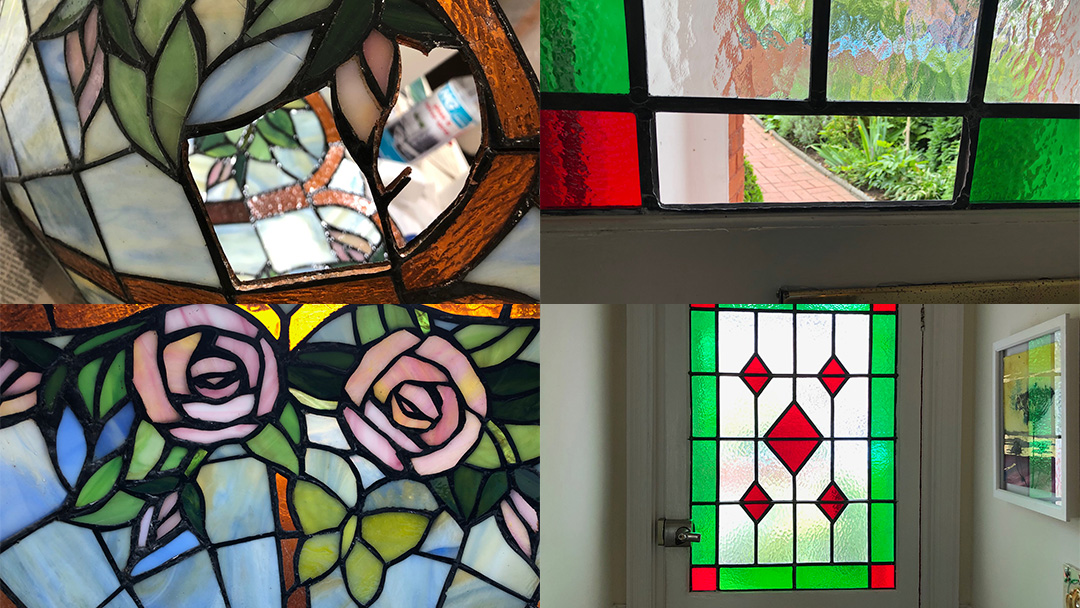





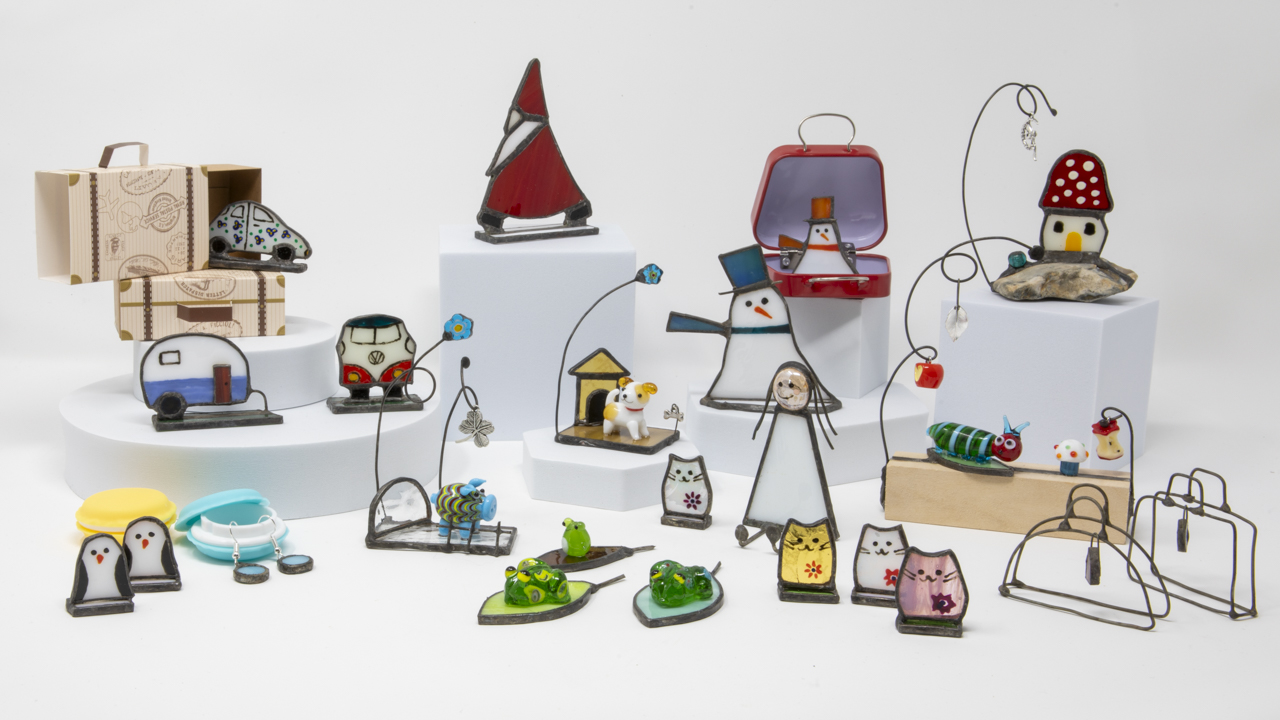
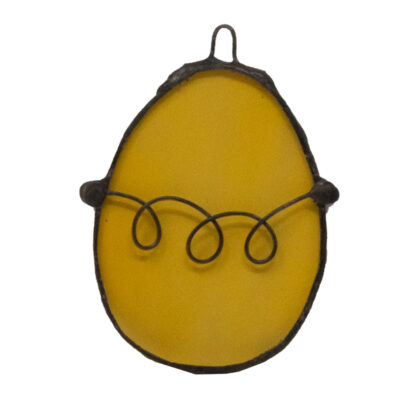

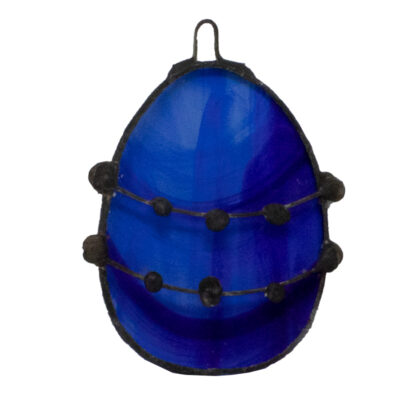
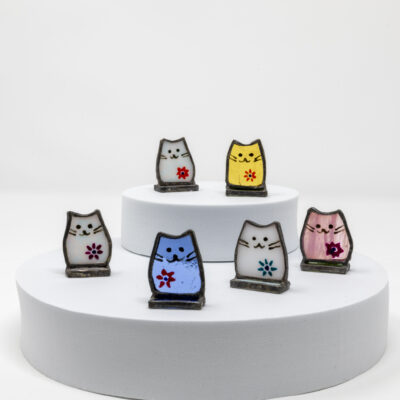
0 Comments